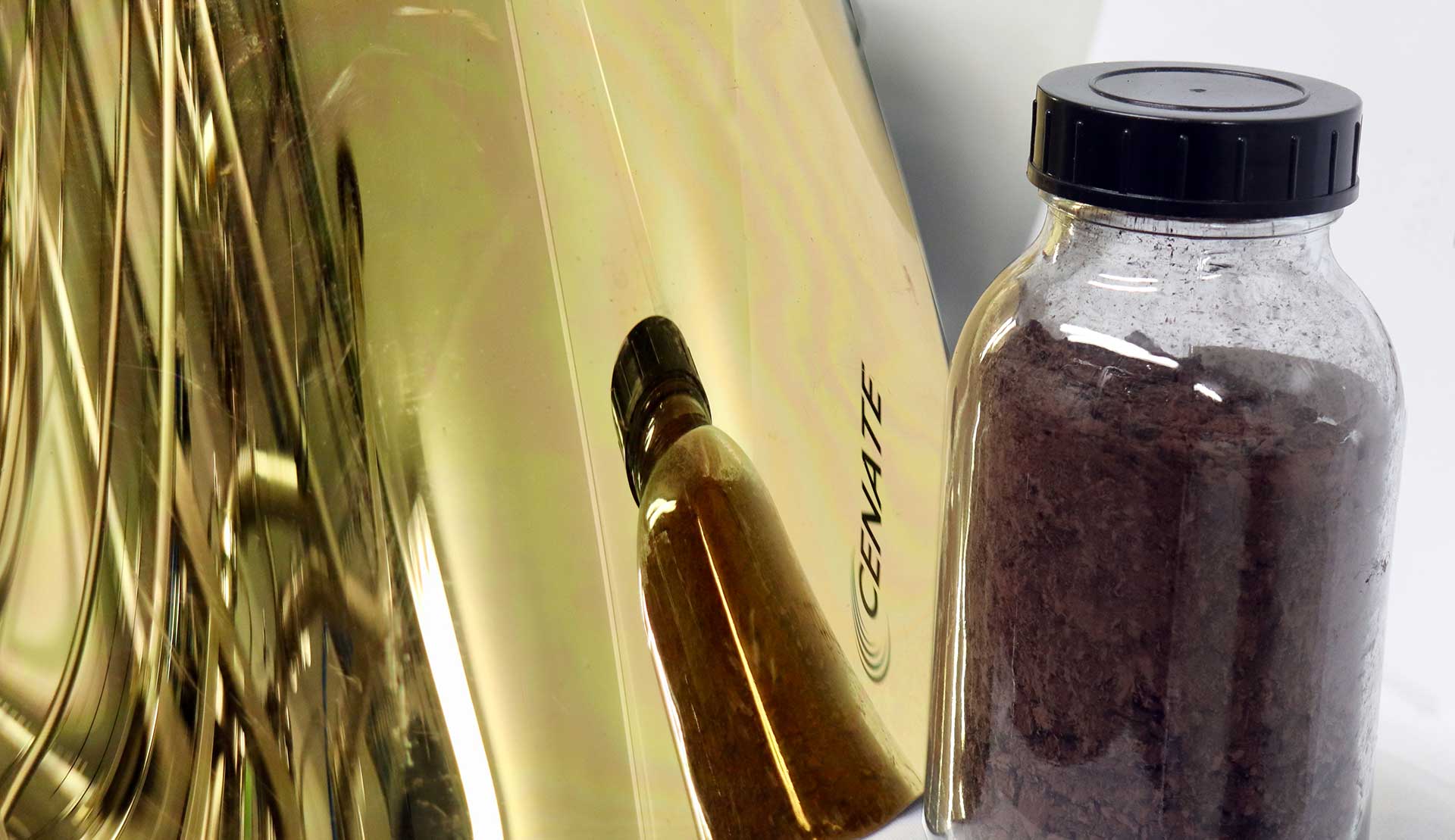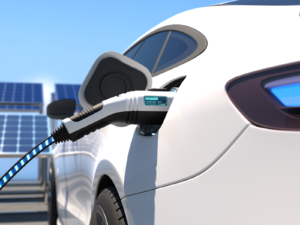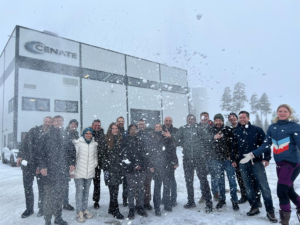The Norwegian Research Council today announced that Cenate has been awarded a 16 MNOK research grant for its 33 MNOK HAST project in 2020 and 2021. This project is a follow up of a similar two year project carried out in 2018 and 2019 delivering some highly promising results for a new nanomaterial that can prolong the durability of silicon in a battery anode.
In today’s best EV batteries there is already some few percent of silicon in the anode. With Cenate’s better durability silicon this amount can be increased thereby both lowering the battery cost and extending the battery capacity. Below are excerpts from the popular science summary of the application:
“The target of the HAST project is to develop a new anode material for lithium-ion batteries. Pure lithium metal anodes give the highest theoretical energy density, but also give poor control over where the lithium metal is formed, risking internal short circuits in the battery. Silicon can control large amounts of lithium with a very low additional weight, much lower than the graphite that does the job in most batteries today. The challenge is to find ways to protect the silicon, so it will survive many charging cycles.”




